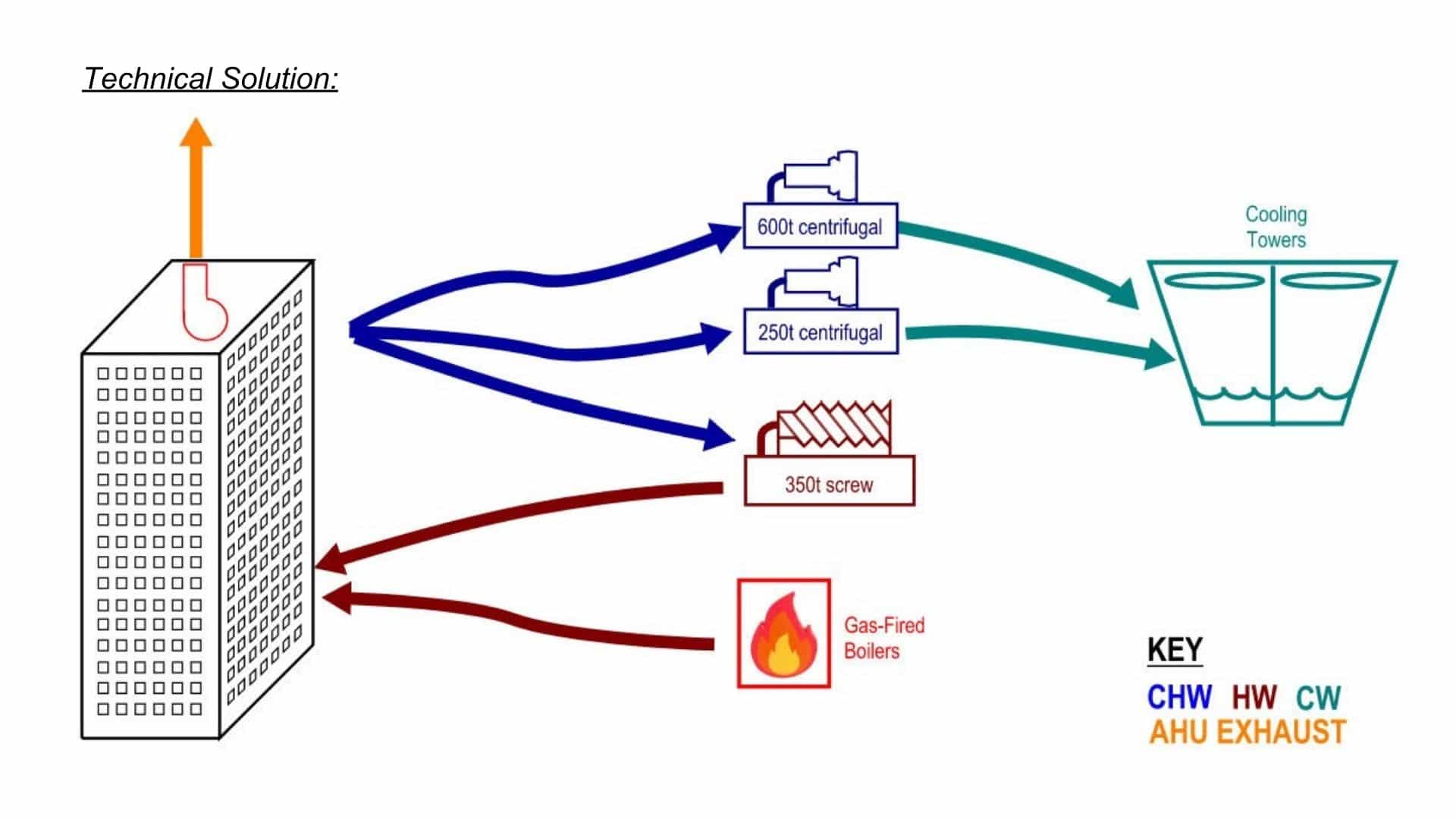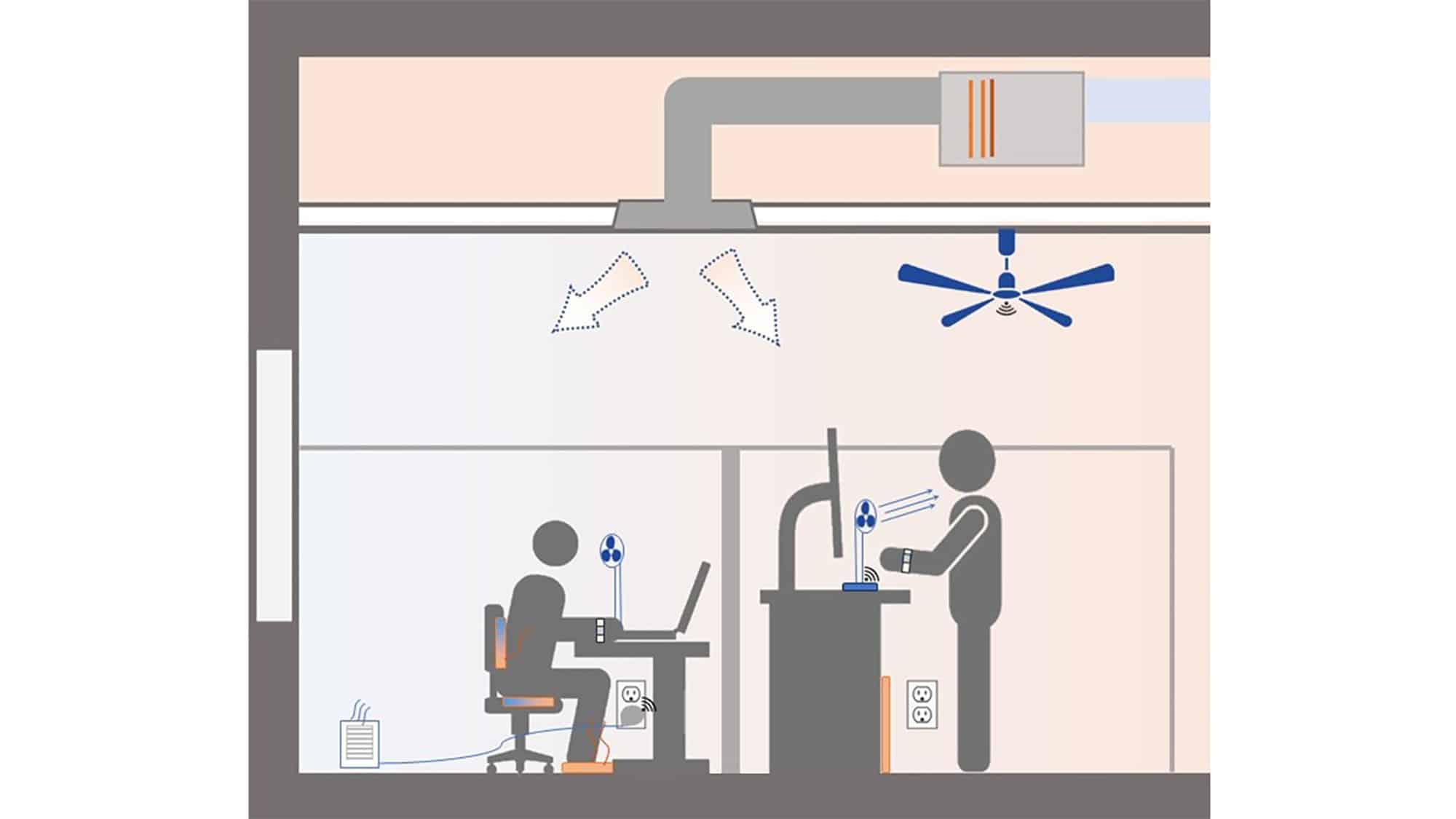CIEE and CBE Awarded $8M From California Energy Commission to Advance Commercial Building Decarbonization

The California Institute for Energy and Environment (CIEE), in partnership with the Center for the Built Environment (CBE), has been awarded two major grants, totaling approximately $8 million, from the California Energy Commission (CEC) to advance research on commercial building decarbonization.
The grants are part of a nearly $20 million investment by the CEC to “fund applied research and development projects that develop decarbonization solutions for heating, ventilation, and air conditioning (HVAC) systems in large commercial buildings with an emphasis on technology advancements, energy efficiency, replicability, and use of ultra-low global warming potential (GWP) refrigerants.” The two CIEE- and CBE-led projects are among six research projects that have been selected to receive funding; the final research contracts are expected to be in place by the end of this summer.
Decarbonizing Large Commercial Buildings Through Heat Recovery and Storage
The larger grant, totaling roughly $6 million, will fund work that aims to demonstrate how hospitals can cost-effectively reduce carbon emissions through heat recovery chiller retrofits. Dr. Paul Raftery from CBE will act as the principal investigator (PI), with Dr. Therese Peffer, the Associate Director for CIEE and the CITRIS Climate initiative, as the co-PI and project manager. Taylor Engineers and Lawrence Berkeley National Laboratory (LBNL) will serve as key collaborators.

The team plans to install a new, energy-efficient heat recovery screw chiller at a Kaiser Permanente site that uses a refrigerant with ultra-low global warming potential. By replacing the site’s heat generation with electricity, the project proposes a simple, cost-effective solution that is expected to cut natural gas use by up to 60 percent and thereby reduce water consumption, carbon emissions, and other pollutant byproducts of combustion. The new chiller solution will also lower utility costs for building owners and reduce stress on the electric grid when consumer demand is high. At other existing buildings, the project will evaluate life cycle costs for alternative all-electric plant configurations, as well as operating data from existing all-electric heating and cooling plants to assess performance in operation.
Mainstreaming Personal Comfort Devices for Energy and Comfort
The second grant, totaling roughly $2 million, will fund work that aims to advance the widespread adoption of Personal Comfort Devices (PCDs) in commercial buildings to improve indoor comfort, energy savings, and resilience. Peffer, the PI and project manager, will work with co-PI Dr. Hui Zhang from CBE to lead a multidisciplinary team of academic and industry partners from LBNL, the University of Notre Dame, Arup, TRC, and Normal Software.

The team will design and prototype four new warming and cooling PCDs using novel technologies such as nanostructured carbon heating fabric and thermoelectric devices. A Personal Control Hub composed of a desktop fan, sensors, and networked communication will be developed as well, with the goal of integrating with other devices and building automation systems (BAS) to form a customizable Personal Control Ecosystem. The final PCD specifications will be released through a web-based Design Guidebook geared toward architects, engineers, real estate managers, and facilities personnel.
Learn more about the project: Mainstreaming Personal Comfort Devices with Modular Controls.
“These awards offer the opportunity to accelerate the decarbonization of large commercial buildings in very different ways,” said Peffer. “I am excited to work with talented, multidisciplinary teams to advance California’s climate goals—through personal control devices improving comfort and reducing overall energy, and advanced chiller systems for commercial buildings.”
